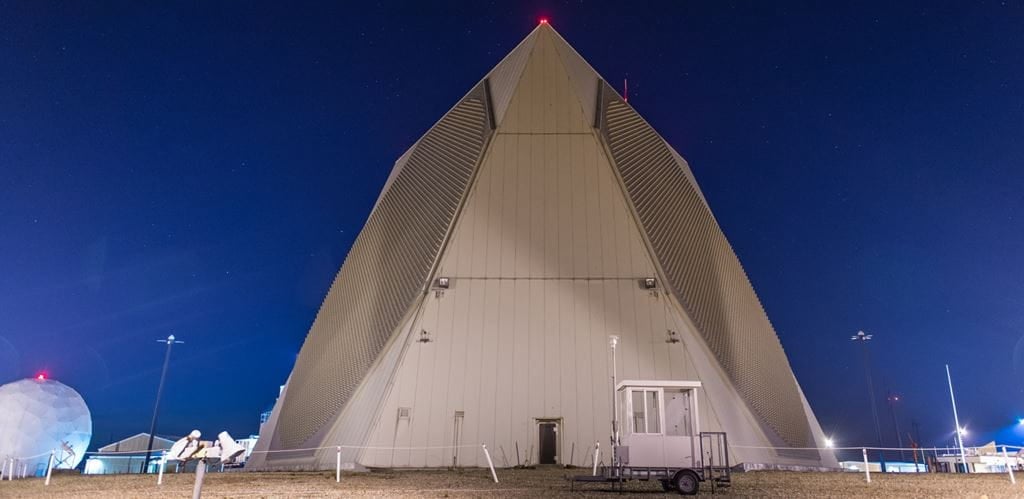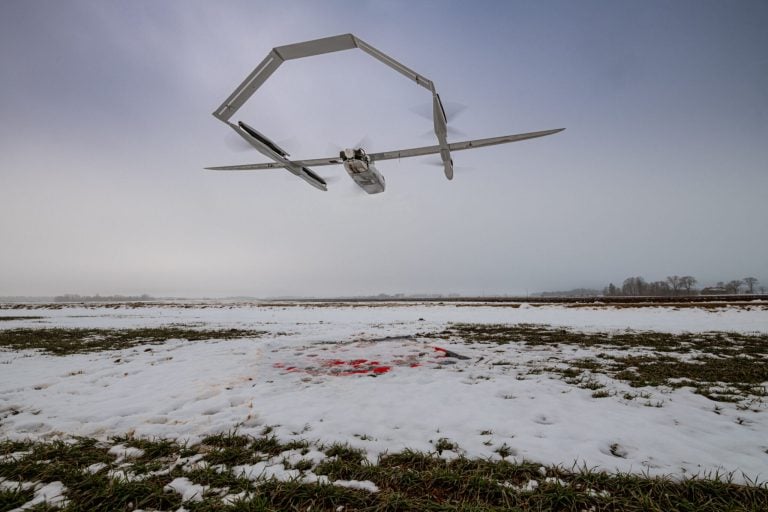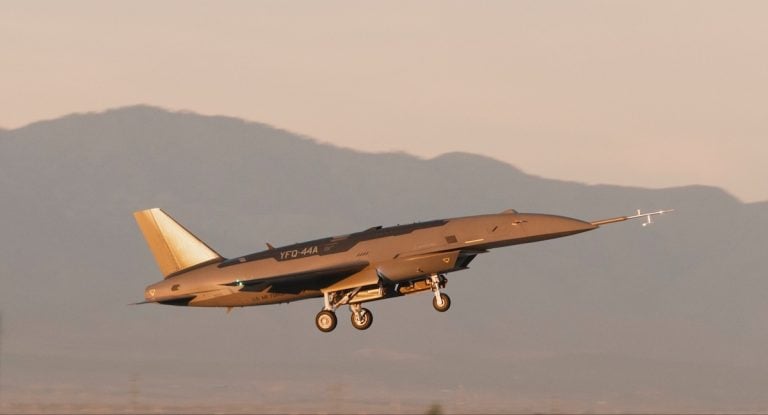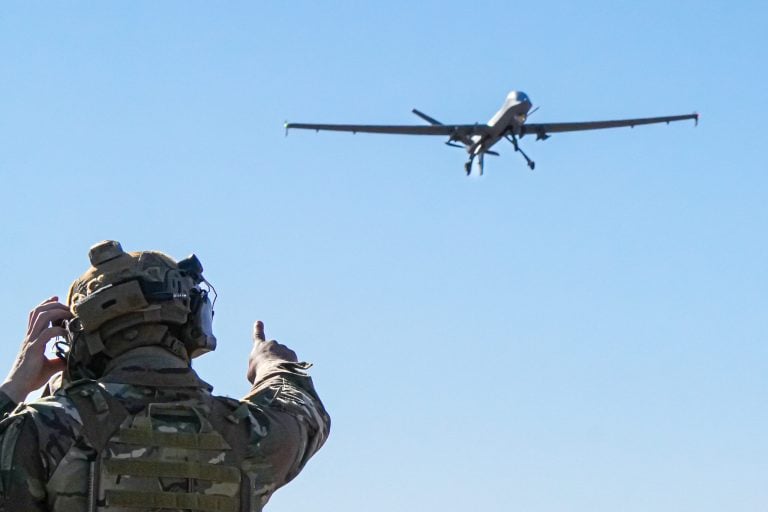The U.S. Missile Defense Agency (MDA) has announced plans for a significant software upgrade for its ballistic missile early warning radars, aiming to enhance the classification of objects during the midcourse phase of missile flight. This advancement is designed to improve the Upgraded Early Warning Radars (UEWR), allowing for more precise identification and tracking of potential hostile ballistic missiles targeting the continental United States.
Currently, five UEWRs have been operational since the 2000s, with three located within the U.S. and others in Greenland and the United Kingdom. The primary purpose of these radars is to detect and monitor intercontinental ballistic missiles (ICBMs) and submarine-launched ballistic missiles while also conducting general space surveillance and satellite tracking.
Equipped with a detection range of approximately 3,000 miles (4,828 kilometers) and offering 240 to 360 degrees of coverage, the phased-array sensors are crucial in providing early-warning and tracking data, facilitating missile interceptor launches, and updating target trajectories during flight.
The UEWRs play an essential role in the Ground-Based Midcourse Defense (GMD) system, designed to shield the U.S. from long-range ballistic missile threats. The GMD system consists of 44 interceptors positioned in Alaska and California to counter a limited number of ICBMs during their midcourse phase, a time when the missiles are most susceptible to interception. However, past performance has shown limited effectiveness against more sophisticated or larger-scale missile attacks, particularly in distinguishing genuine warheads from decoys and other countermeasures.
In response to these challenges, the MDA is advancing a phased software upgrade under the Advanced Object Classification (AOC) program to bolster the system’s classification capabilities. This upgrade leverages cutting-edge signal processing algorithms and machine learning techniques to enhance target discrimination and tracking accuracy during the critical midcourse phase of an enemy missile’s flight, which typically spans about 20 minutes.
The first iteration, AOC 1.0, has already been tested and utilized across selected UEWR sites since the early 2020s. The upcoming AOC 1.1 aims to further improve classification performance without necessitating modifications to the existing radar hardware or waveforms. This upgrade will introduce more sophisticated algorithms for object identification and threat assessment.
According to an MDA source, during the testing of AOC 1.0, the government identified minor algorithmic enhancements and updates driven by the Interface Control Document that need to be incorporated into AOC 1.1. Furthermore, there is an expectation that AOC 1.1 will feature a flat-file classification database, which can be reconfigured without requiring recompilation of software changes. This adaptability enables rapid reconfiguration in response to emerging threats without the need for the government to engage the developer for software updates or other modifications.
This software enhancement is poised to significantly strengthen the U.S. defense capabilities against ballistic missile threats, ensuring a more reliable system for identifying potential dangers in the skies.















